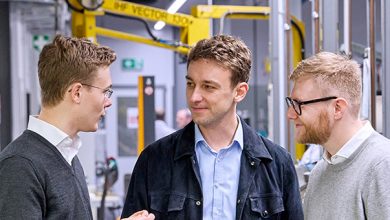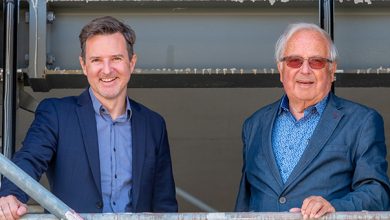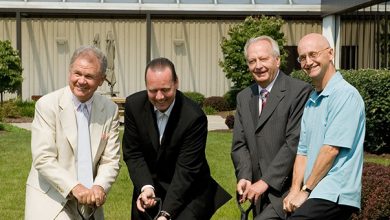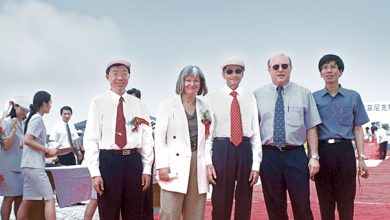Phoenix Contact has settled in the city of carnations twice. From the former emergency solution developed in the last almost 80 years a real love affair. Even the current mayor, Christoph Dolle, can hardly escape it, as he reveals with a wink in conversation.
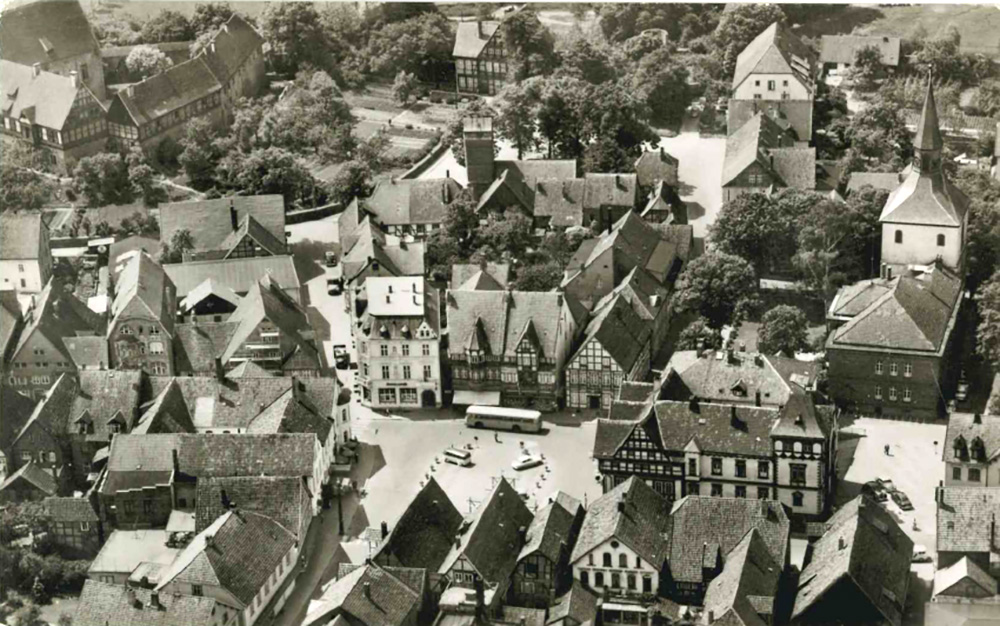
The company’s reception was rather frosty at first. When the small trading company Phönix Elektrizitätsgesellschaft H. Knümann from Essen submitted a building application in 1943 to convert the former trade union building and then citizens’ home, town mayor Bargob was rather reserved. What did a company in the electricity sector want in his rural and tranquil Blomberg with the twelve chair factories, where horse-drawn carts still rumbled over the cobblestones? There were neither workers nor markets here
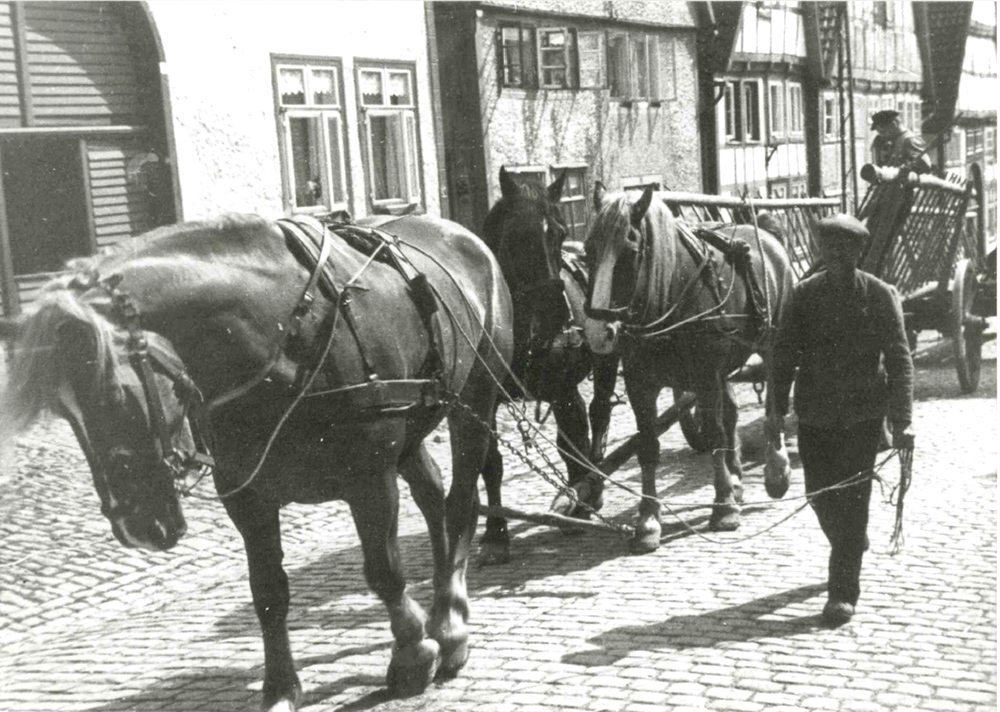
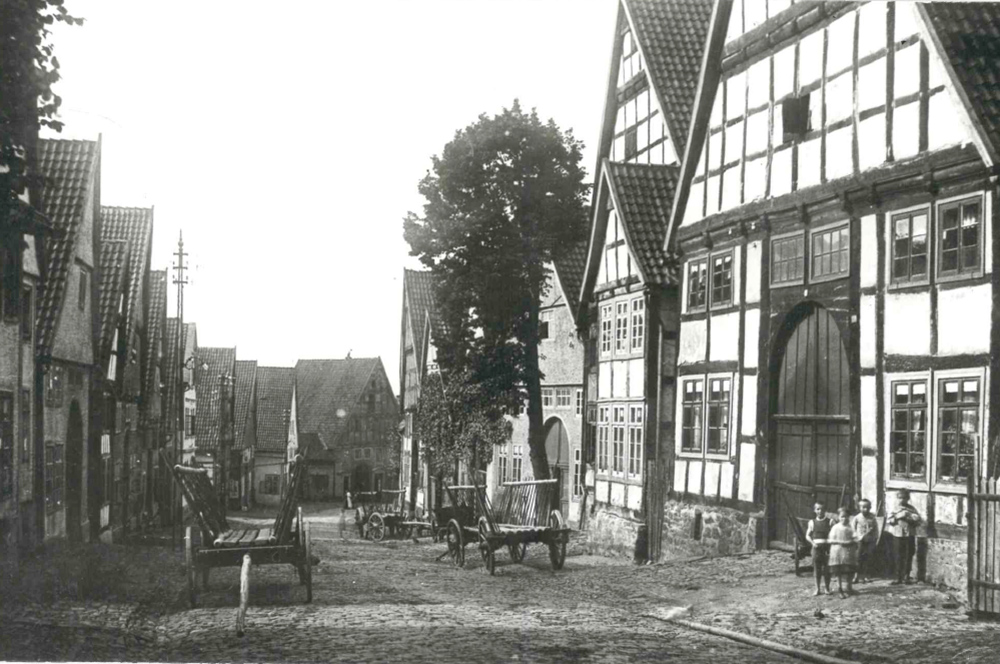
Terminal blocks, not chairs
Hugo Knümann persisted, though. His brother-in-law had given him the idea of escaping the hail of bombs in the Ruhr region and seeking exile in rural nowhere. He was a sales representative for a chocolate manufacturer and his work took him far and wide. And in Blomberg in eastern Westphalia, there was simply nothing that could have induced the Allies to take military action here. This was in stark contrast to Essen, where the heavy and armaments industries had their headquarters and the main train station with its arcades was also the target of attacks.
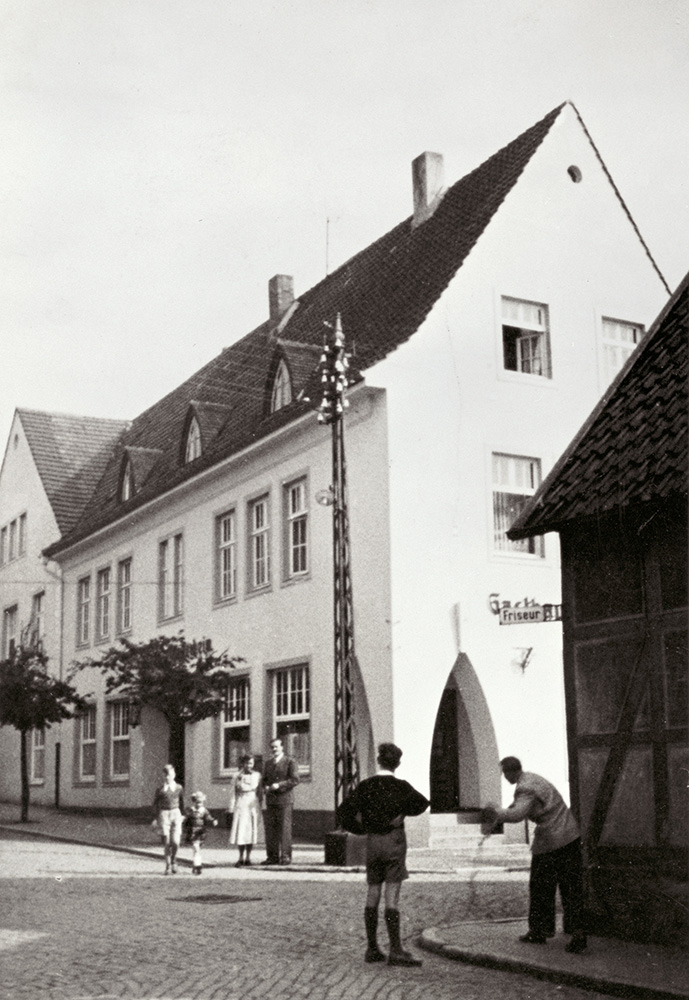

The two-story citizens’ home was rebuilt. The former pub on the first floor was transformed into a reception area, writing corner, and office. The banquet hall on the top floor became the new home to the assembly area and warehouse. Storage racks, scales, typewriters, phones, desks, and office cabinets all fit on one truck and were quickly on their way. The converted pub table was used as a packing station. This temporary solution worked for 14 years.
Soon the terminal blocks were being shipped from Blomberg, which at that time still had its own train station. Parts from the suppliers also found their way to East Westphalia. A logistical tour de force during and shortly after World War II. Knümann succeeded in having his terminals classified as “essential to the war effort”. This meant that a supply of parts was possible. The first staff members were hired, and soon the company was again made up of a group of 20. The manual skills required to assemble the terminal blocks were manageable, there was still no sign of a shortage of skilled workers.
Leaving the provincial area behind
The war was finally over. In 1948, company management returned to Essen under Hugo Knümann. Business soon picked up again, and the small company made plans to expand. Yet, every attempt to obtain a suitable building permit or a suitable plot of land in Essen failed. So the plans to expand the location in Blomberg, home to the warehouse, assembly, and shipping departments, were solidified. However, these plans did not take off until after the passing of Hugo Knümann’s in 1953. But then they went fast.
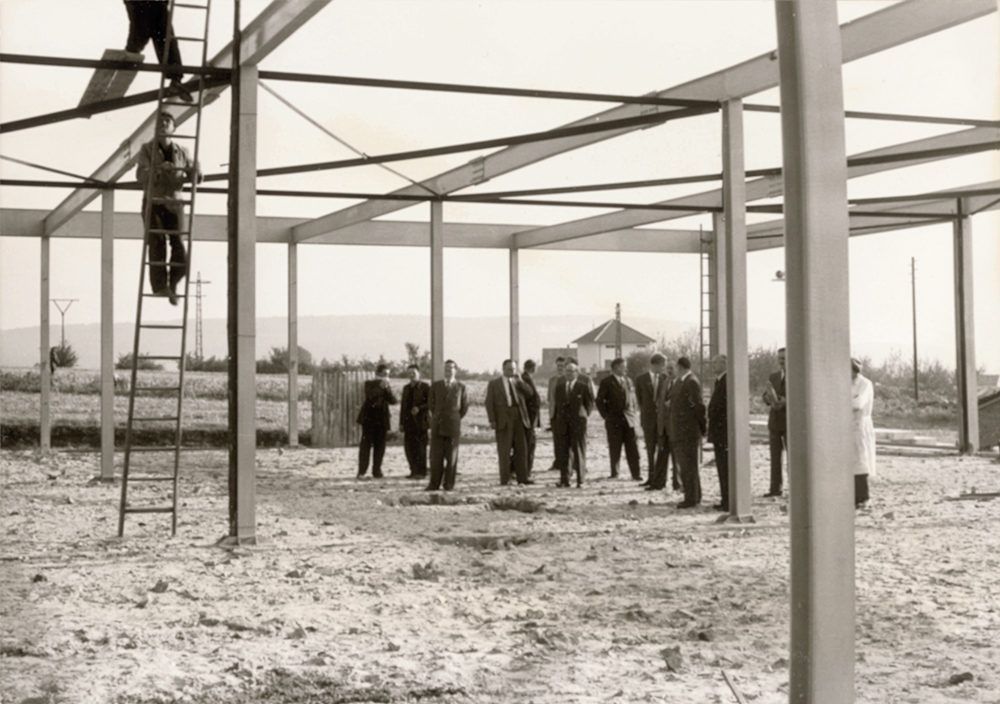
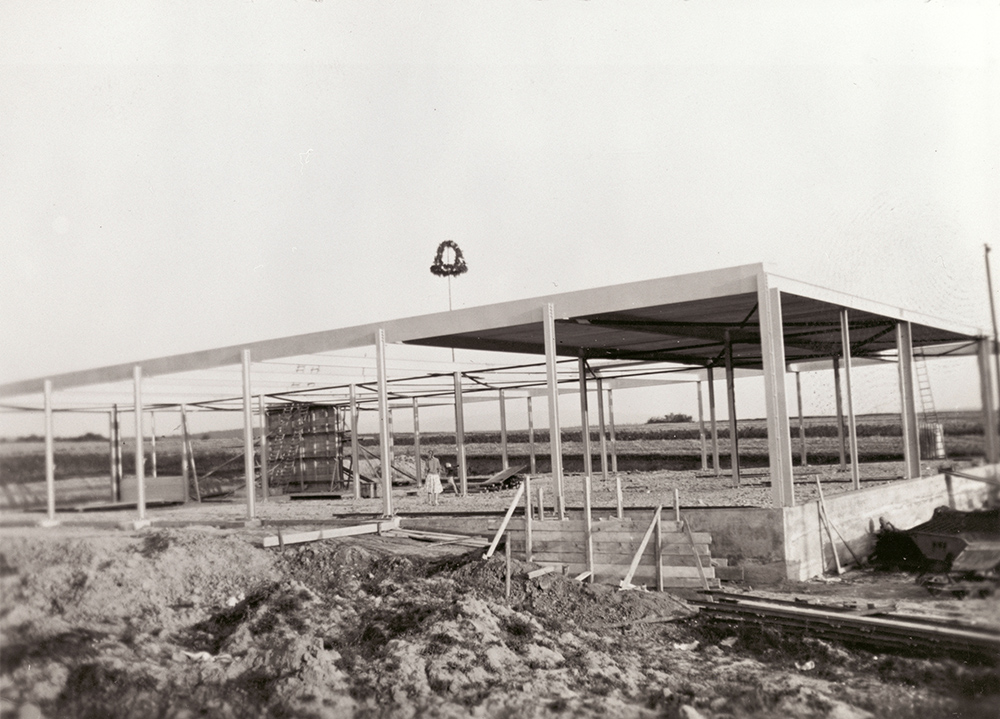
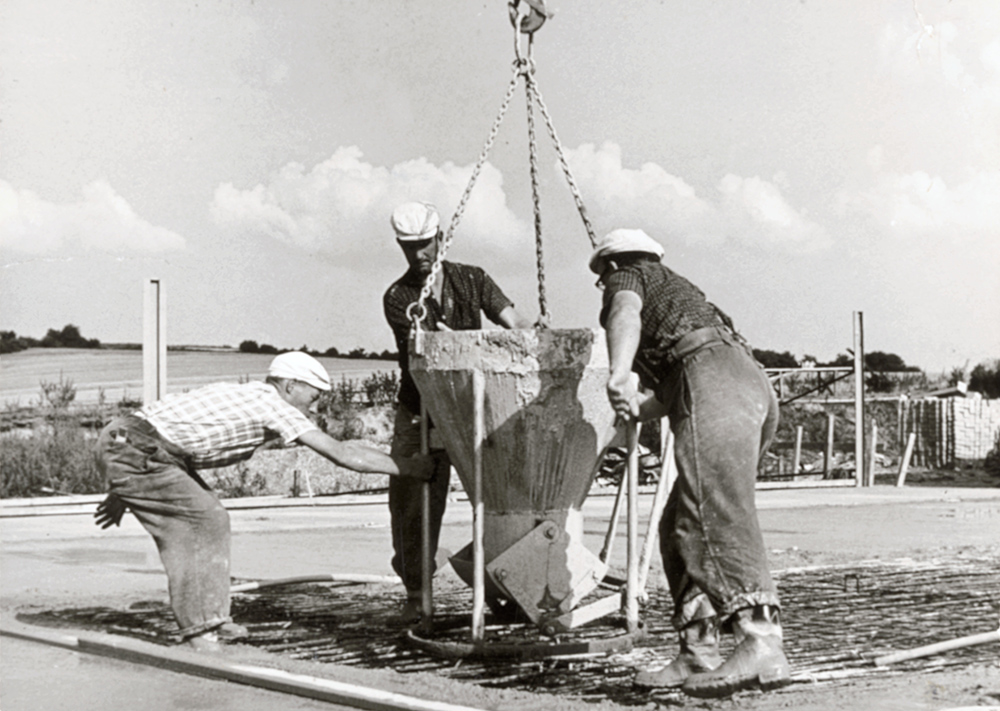
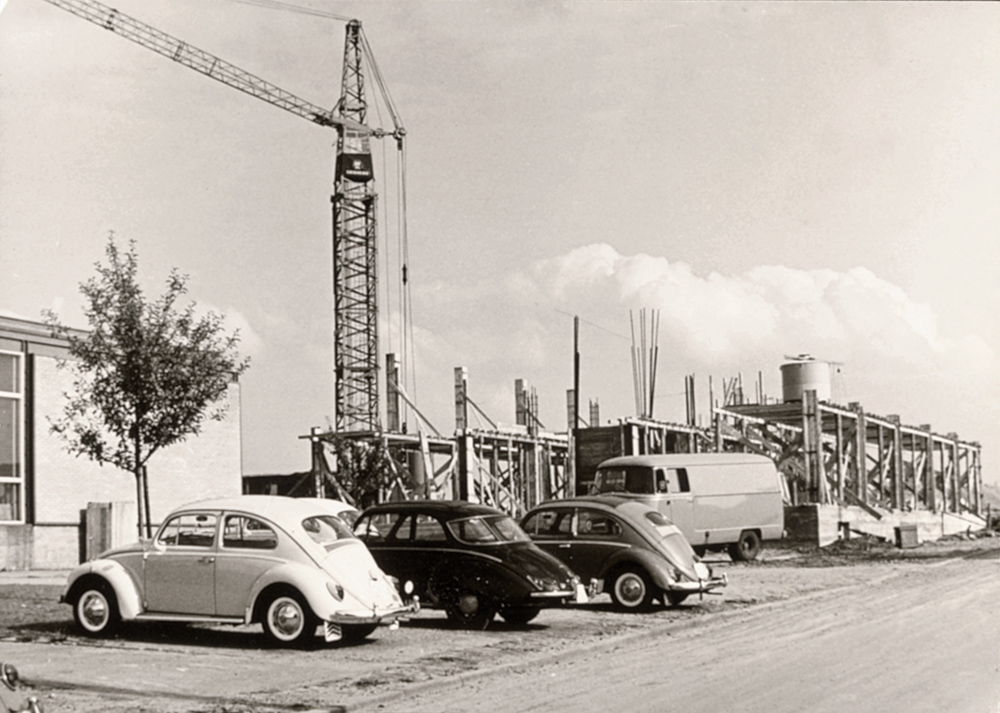
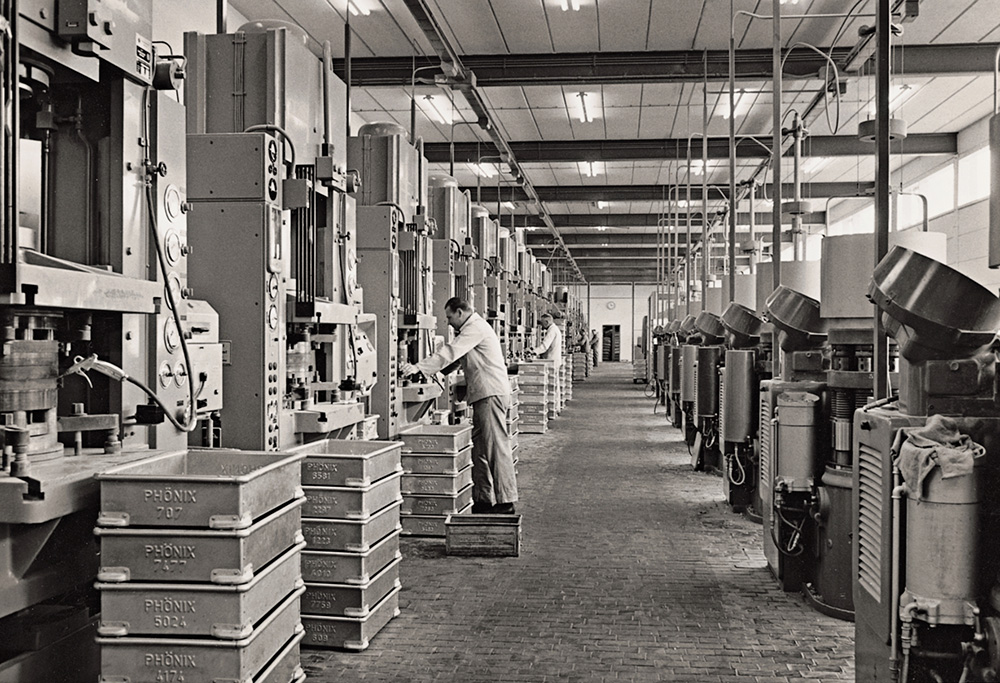
Josef Eisert had a good connection to the town’s manager Eggert and mayor Fritzemeier. The two made a strong case for setting up a new company site on the still untouched Flachsmarkt, an area surrounded by fields and farmland. Josef Eisert hired the young architect Eckhard Schulze-Fielitz from Essen, whose design of a production hall on the basis of the Bauhaus style still shapes the architectural face of Phoenix Contact today. The first hall was erected in 1957.
The company’s own crawler tractor
Klaus Eisert still remembers the beginnings of Blomberg’s construction activities well: “We even had our own construction crew with five masons and building tradesmen. With our own concrete mixer, crane, and even a Hanomag caterpillar. We poured the floor slab of the rear half of Hall 1 ourselves.” Immediately after Hall 1 was erected, the go-ahead was given for the construction of Hall 2. And in 1966, with the erection of Building 21, which today is still known as the “high-rise building,” the administrative staff returned to Blomberg. The office of Schulze-Fielitz erected numerous factory buildings worldwide until the 1980s, making the Phoenix Contact buildings unmistakable. His successor, architect Werner Brandstetter, remained and still remains true to the structural principles.

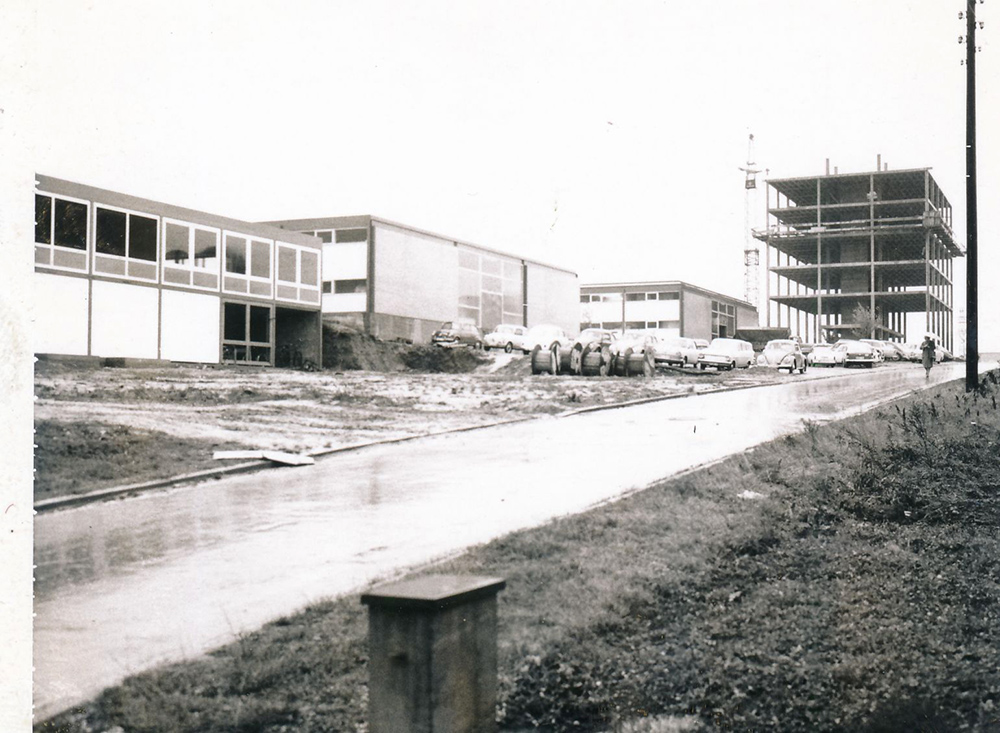
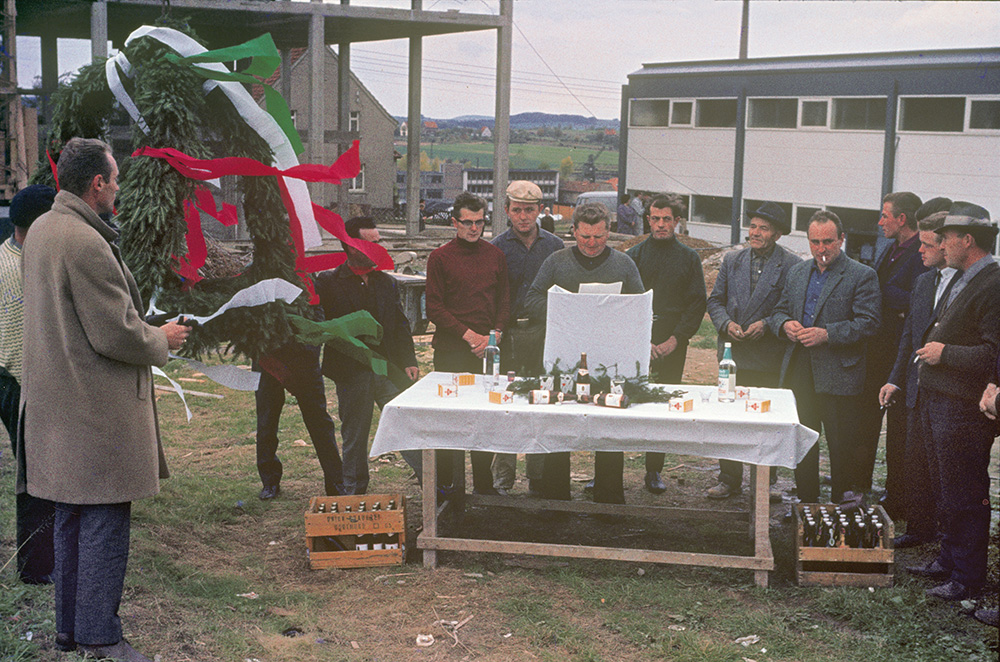
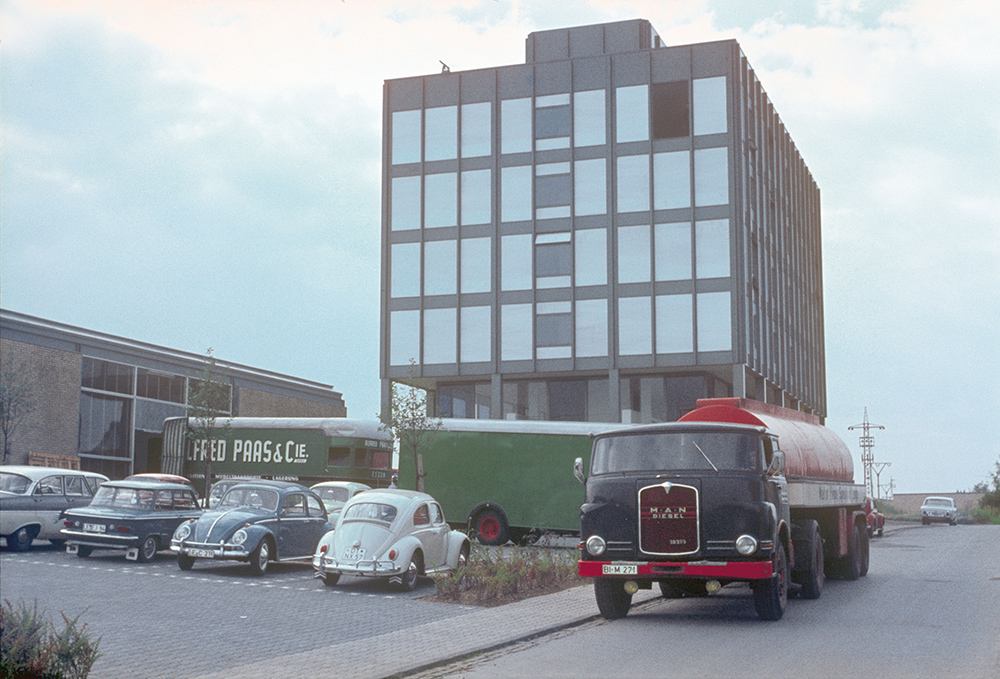
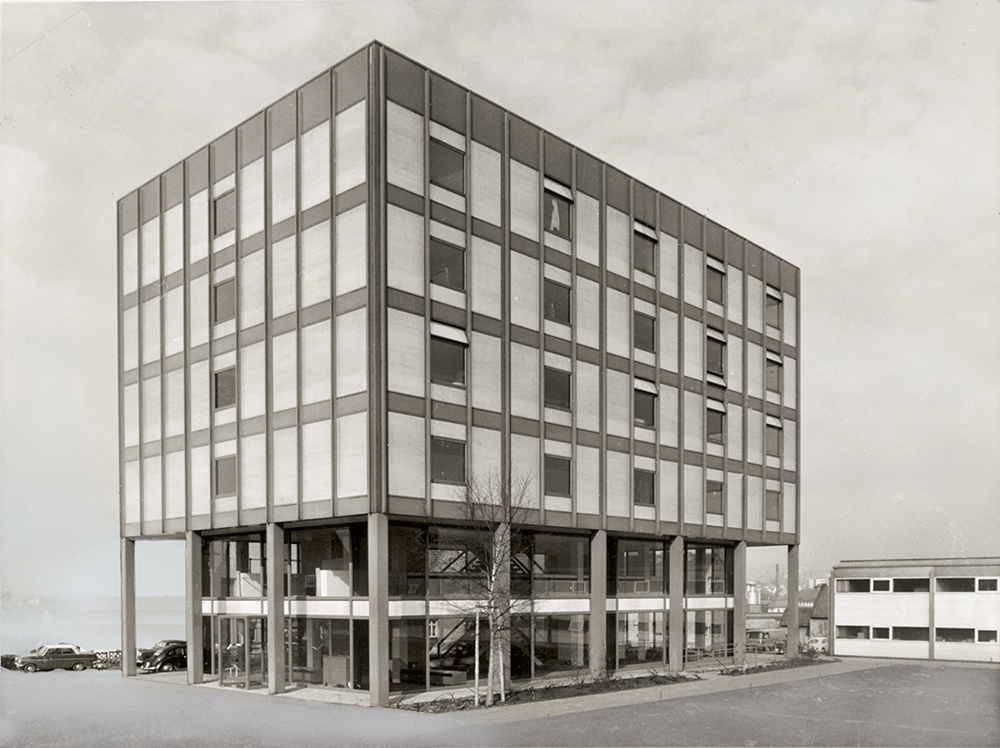
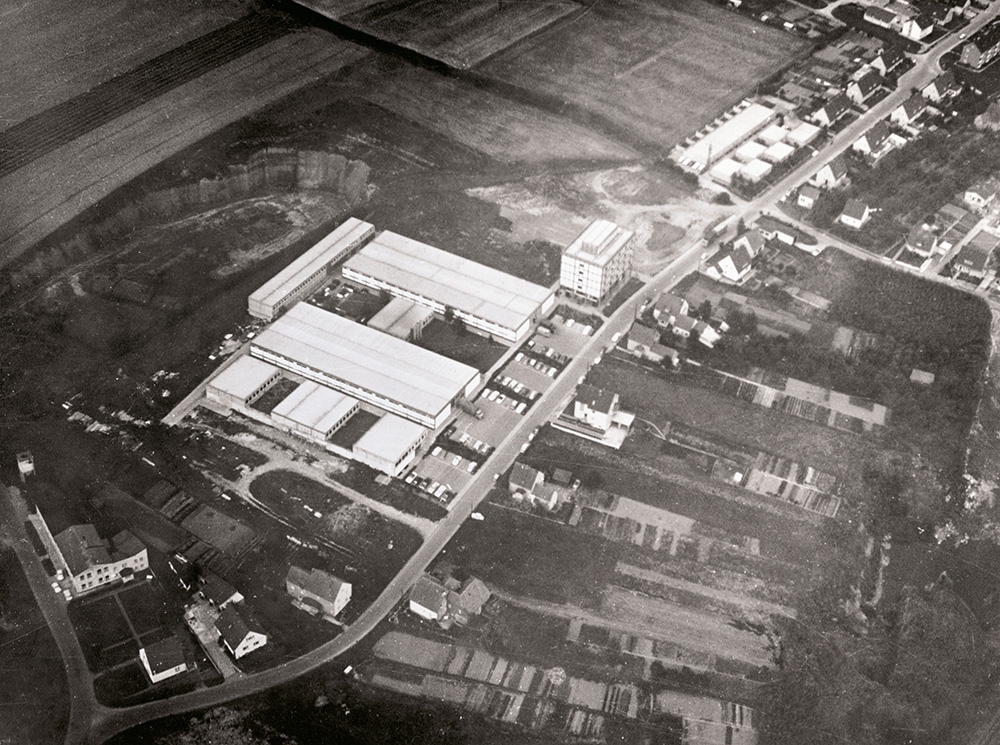
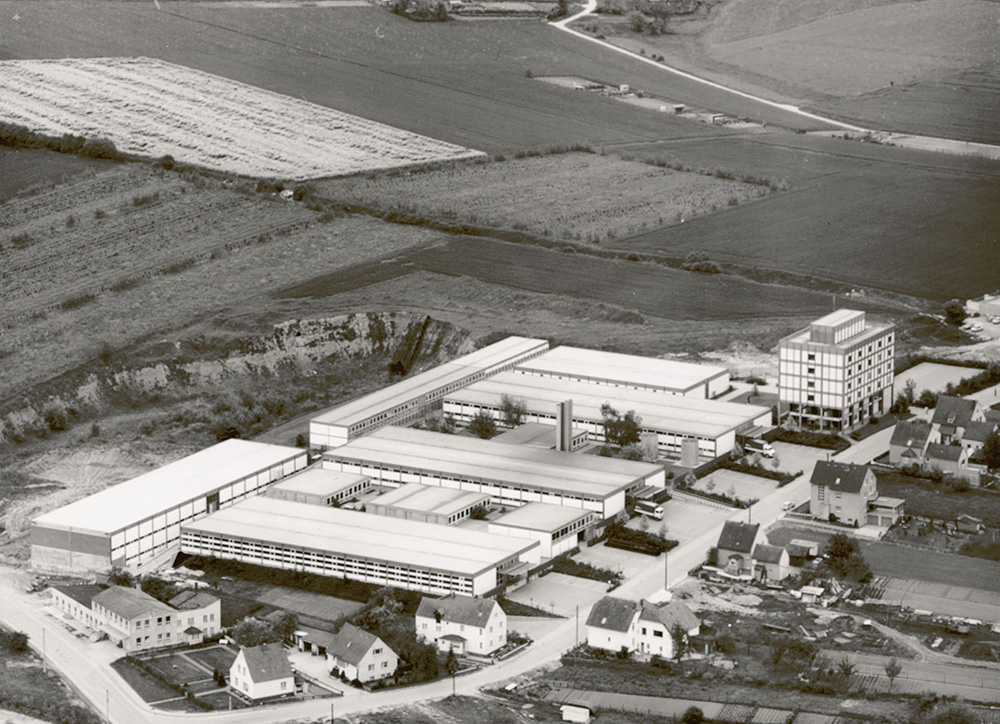
Now, a staff of 5,500 employees work at the Blomberg location alone every day. The company premises have become an internationally known landmark in Blomberg. The location’s expansion has not reached its completion yet: In the anniversary year 2023, the innovative Building 60 will be opened.
How do small towns and large companies fit together? Blomberg’s mayor Dolle in an interview >
